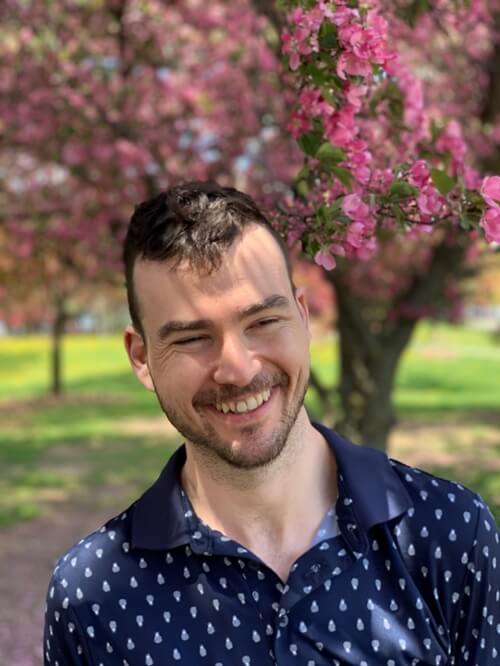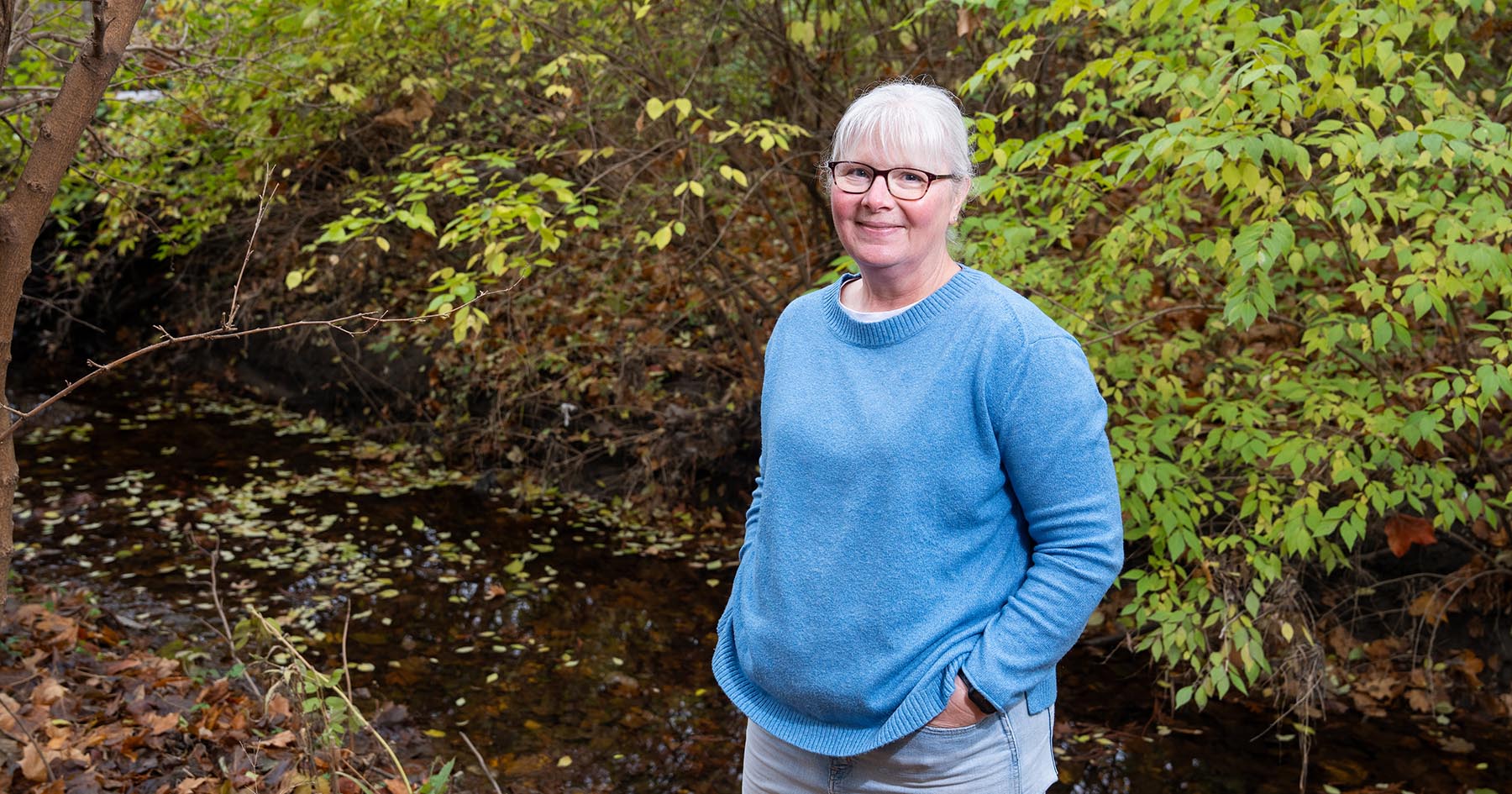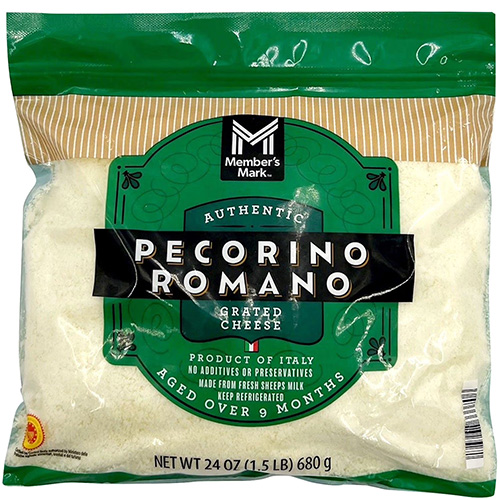Environmental Historian Uses Urban Ag Certificate for Innovative Research on Beekeeping
Beekeeping is one of the most visible forms of urban agriculture. In New York City alone, there are an estimated several hundred beehives even though the city legalized beekeeping just seven years ago. As public awareness of environmental phenomena like Colony Collapse Disorder -- a blight that decimates honeybee populations -- has skyrocketed, so too has public interest in beekeeping. Starting in the early 2000s, urbanites began lobbying for relaxed beekeeping laws in cities, and cities have, for the most part, been agreeable. Now urban beekeeping is common and some beekeepers even argue that bees fare better in the city than in the countryside.

Urban Beekeeping Predates Modern Cities
But urban beekeeping is not a new idea. City dwellers have been keeping bees for centuries. The earliest evidence of urban beehives dates back 3,000 years. Beehives are so old that archeologists can use them as a window into what urban life was like in the premodern era. This is what David Wallace-Hare, an alumnus of Purdue University’s online Urban Agriculture Certificate program and postdoctoral fellow at the Department of Classics and Humanities at San Diego State University (currently a postdoctoral research associate in the Department of Classics and Ancient History at the University of Exeter), is interested in studying. His groundbreaking archeological research focuses on the role that beehives played in ancient cities, and what they can tell us about the people who built and cared for them.
According to Wallace-Hare, ancient beehives were made from several different materials, including cork and ceramic. Cork beehives decay relatively quickly, but ceramic ones can last for millennia, making them great archeological artifacts. Depending on the context of where a beehive is found, archeologists can use ceramic hives to determine the role that beekeeping played in ancient cities and how agriculture shaped urban life.
“I’m interested in how people have navigated bee-human interaction in cities across time,” Wallace-Hare said. “As urban space continues to grow and as green spaces continue to shrink -- especially in the context of climate change -- urban agriculture will be a necessity."
As an environmental historian, Wallace-Hare was drawn to the interdisciplinary nature of Purdue’s Urban Agriculture Certificate program. His coursework allowed him to explore multiple research areas, including how to create bee gardens based on archeological findings, how to build community through urban agriculture and how agriculturists interact with stakeholders and the public.
“I came to the Purdue Urban Agriculture program because it had a large section devoted to relationships with stakeholders,” Wallace-Hare said. “I was interested in how to build relationships with the community, and I wanted to know the technical mechanics of creating bee gardens as well.”
Wallace-Hare was undertaking postdoctoral research at San Diego State University when he enrolled in Purdue’s online Urban Agriculture Certificate courses. He finished the four courses in about five months.
Flexible Online Urban Ag Courses
“There’s no set time limit on the program so I was able to work on it whenever I had time,” Wallace-Hare said. “I got most of the coursework done while I was on break before the new academic year started, which gave me more time to focus on teaching my other classes and applying to academic jobs.”
Wallace-Hare said Purdue’s urban agriculture courses also were attractive because Purdue’s agriculture programs are ranked among the best in the nation, and since all the courses were delivered 100% online, he could enjoy the flexibility of an online program without compromising on quality.
“The distance aspect was very useful because I could learn from a program that was well-respected internationally while studying from wherever I was,” Wallace-Hare said.
He praised the course videos and projects for being engaging and realistic. Though all the courses were delivered asynchronously, he found the course videos to be directly applicable to the field. The projects, many of which focused on working with community members and local agriculturists, helped him more confidently communicate his research with the public.
Next steps for Wallace-Hare include writing a book on bee health and behavior in the ancient and medieval Mediterranean and working as a postdoctoral research associate on the project, Understanding Memory of UK Treescapes for Better Resilience and Adaptation (MEMBRA) at the University of Exeter in the United Kingdom, part of the NERC-funded program, The Future of UK Treescapes. In this role, he will explore the legal and literary references to how trees are perceived by people and what effects people’s perception of trees have on sustainability efforts -- both in the past and present.
“A lot of the topics in the urban agriculture program, especially pest management, have been very useful for me as I’ve been writing the book,” Wallace-Hare said. “Purdue’s program also gave me a great insight into growing trees in urban settings, and when I mentioned Purdue’s program during my interview with Exeter University, they seemed to really appreciate that additional experience.”
Ultimately, Wallace-Hare hopes his research will be helpful to community sustainability efforts. To him, being able to communicate academic research to the public and encourage public engagement with issues like beekeeping, tree health and environmental sustainability is essential to the planet’s survival. By focusing on the community impact of agriculture, Purdue’s program gave Wallace-Hare a strong foundation for bringing his work into the public sphere where it can make an impact.
“There’s a huge aspect of public engagement in academia,” Wallace-Hare said. “Purdue’s program addresses that very well through community-building and stakeholder-building, and that is useful for anyone who has to communicate their research to a broad audience.”
Find out more about Purdue’s Urban Agriculture Certificate courses.





